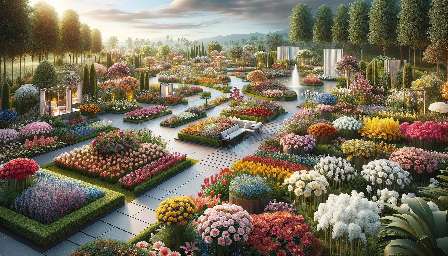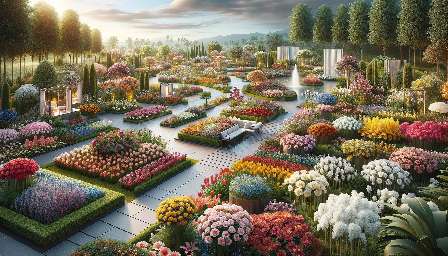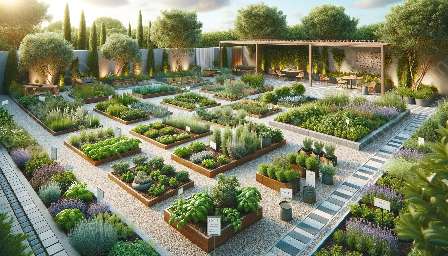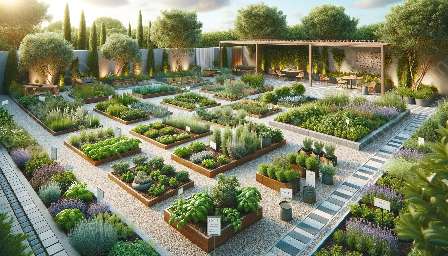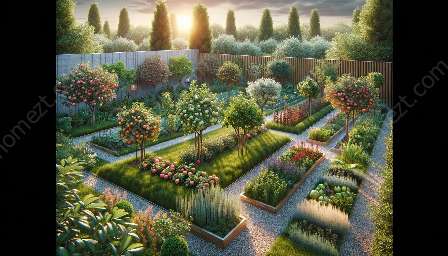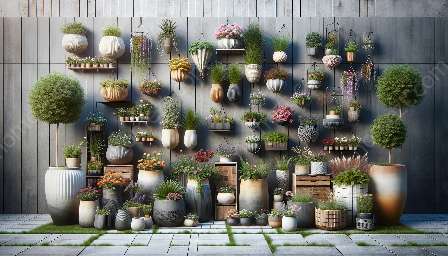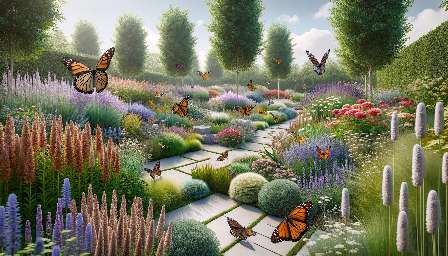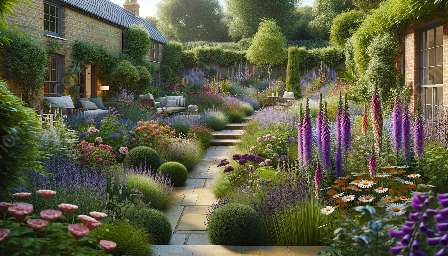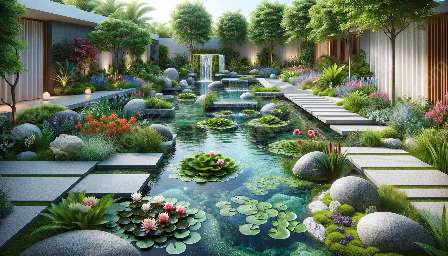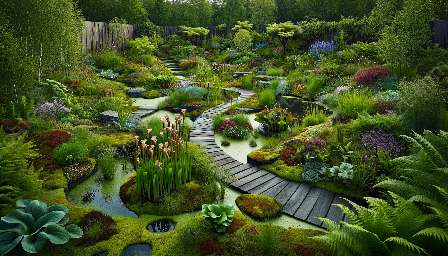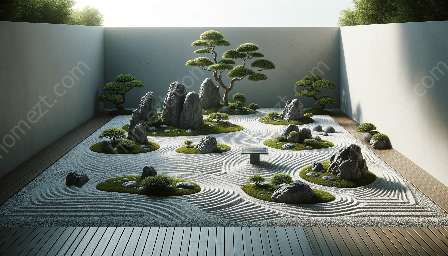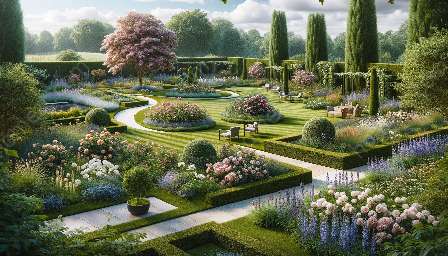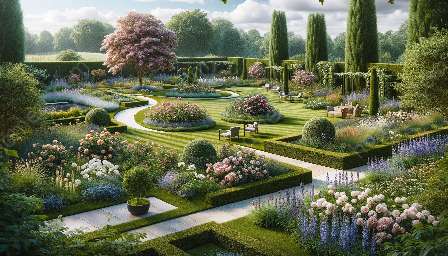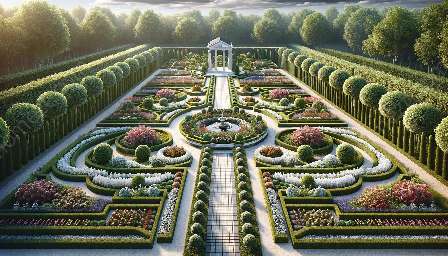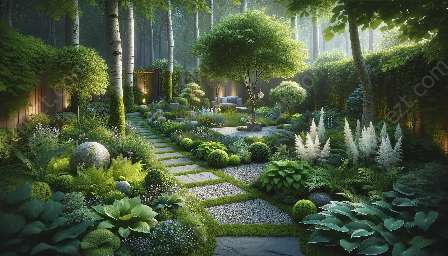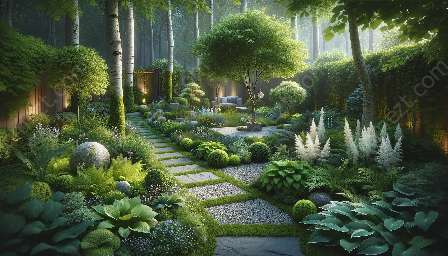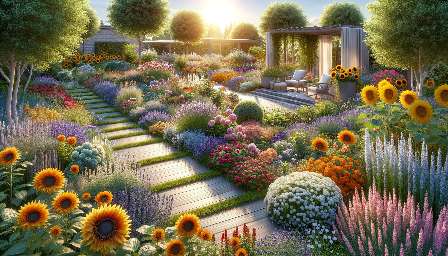Flower gardens are a beautiful and vibrant addition to any landscape, adding color, fragrance, and a touch of serenity to outdoor spaces. Whether you're new to gardening or a seasoned expert, there's something truly special about the art of cultivating and nurturing a floral paradise. In this comprehensive guide, we'll explore the enchanting world of flower gardens, covering everything from types and designs to tips for creating and maintaining your own stunning display of blooms.
Types of Flower Gardens
There are countless types of flower gardens to choose from, each offering its own unique charm and appeal. Some of the most popular types include:
- Perennial Gardens: These gardens are planted with flowers that return year after year, making them a low-maintenance choice for gardeners. Hostas, peonies, and daylilies are popular choices for perennial gardens.
- Wildflower Gardens: These gardens feature a mix of native wildflowers, creating a natural and rustic look. They attract pollinators and add a touch of untamed beauty to any landscape.
- Rose Gardens: Known for their timeless elegance and exquisite fragrance, rose gardens are a favorite among gardening enthusiasts. They require careful maintenance but offer unrivaled beauty.
- Cottage Gardens: Characterized by a romantic, informal style, cottage gardens blend a variety of flowers, herbs, and shrubs. They often feature whimsical pathways and rustic elements.
Designing Your Flower Garden
When it comes to designing a flower garden, the possibilities are endless. Whether you prefer a formal, structured layout or a wild, naturalistic look, there are several key factors to consider:
- Color Scheme: Choose a color palette that complements your existing landscape and evokes the mood or atmosphere you desire. From soft pastels to vibrant jewel tones, the colors of your flowers can set the tone for your garden.
- Plant Selection: Consider factors such as bloom time, height, and maintenance requirements when choosing your plants. Mixing a variety of perennials, annuals, and bulbs can ensure a long-lasting and diverse display of blooms.
- Layout and Structure: Decide on the overall layout of your garden, including the arrangement of paths, borders, and focal points. Pay attention to balance and proportion to create a visually appealing design.
- Site Selection: Choose a location for your garden that receives adequate sunlight and has well-draining soil. Consider the natural conditions and microclimates of your landscape to select the best spot.
- Soil Preparation: Prepare the soil by adding organic matter and nutrients to create a healthy growing environment for your flowers. Good soil is the foundation of a thriving garden.
- Planting and Maintenance: Follow optimal planting techniques for your chosen flowers and ensure regular watering, weeding, and fertilizing to support their growth. Pay attention to seasonal care and maintenance tasks to keep your garden looking its best.
Creating Your Flower Garden
With the right approach, creating a stunning flower garden can be a fulfilling and rewarding endeavor. Here are some essential tips to help you get started:
Conclusion
Flower gardens are a testament to nature's beauty and the artistry of dedicated gardeners. Whether you're drawn to the timeless allure of roses, the carefree charm of wildflowers, or the enduring elegance of perennials, there's a flower garden design to suit every taste and style. By understanding the types of flower gardens available and considering the principles of design and maintenance, you can embark on a journey to create your own enchanting floral haven.

